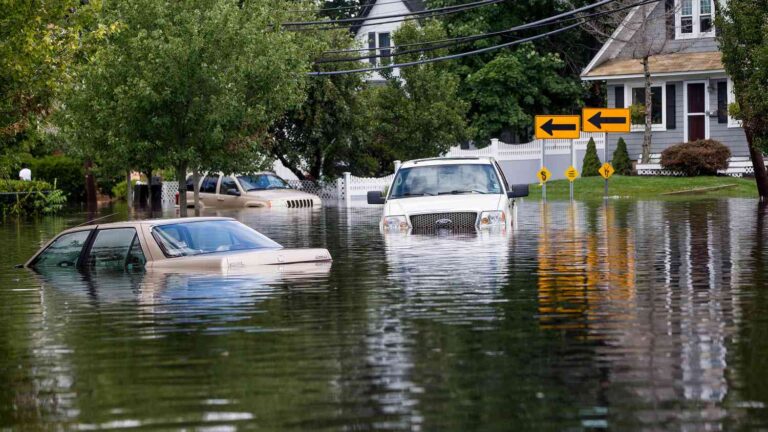Marine Liability Insurance Options is a critical component of risk management within the maritime industry. It provides protection against liabilities arising from maritime activities, including cargo transportation, vessel operations, pollution incidents, and more. As the maritime sector evolves and faces new challenges, understanding the various options available in marine liability insurance becomes increasingly important for stakeholders. This article delves into the intricacies of marine liability insurance, exploring its types, coverage options, market trends, and the importance of tailored solutions for mitigating risks in the dynamic world of maritime commerce.
Understanding Marine Liability Insurance Options
Types of Marine Liability Insurance Options
- Protection and Indemnity (P&I) Insurance: P&I insurance is a comprehensive form of marine liability insurance that covers a broad range of liabilities not typically included in standard hull and machinery policies. It protects shipowners and operators against third-party claims for bodily injury, property damage, pollution, collision damage, and legal expenses arising from vessel operations. P&I clubs, mutual insurance associations owned by their members, are the primary providers of P&I insurance.
- Hull and Machinery (H&M) Insurance: H&M insurance, also known as hull insurance, provides coverage for physical damage to the vessel itself, including the hull, machinery, and equipment. While H&M insurance primarily focuses on damage to the insured vessel, it may also include limited protection for collision liabilities.
- Cargo Insurance: Cargo insurance covers the loss or damage to goods during transit by sea, air, or land. It protects cargo owners and shippers against financial losses resulting from perils such as theft, damage, sinking, fire, and natural disasters. Cargo insurance policies can be tailored to meet the specific needs of different cargo types and shipping routes.
- Pollution Liability Insurance: Pollution liability insurance safeguards shipowners and operators against the financial consequences of accidental pollution incidents, including oil spills, chemical leaks, and hazardous substance releases. This coverage helps mitigate the costs associated with cleanup efforts, environmental damage, and regulatory fines.
- Charterers’ Liability Insurance: Charterers’ liability insurance provides protection for charterers against liabilities arising from the operation of chartered vessels. It covers risks such as cargo damage, pollution, collision, and contractual liabilities resulting from charter agreements.
- Terminal Operators’ Liability Insurance: Terminal operators’ liability insurance offers coverage for liabilities arising from the operation of marine terminals, ports, and harbors. It protects terminal operators against claims for property damage, bodily injury, pollution, and other operational risks.
Coverage Options and Extensions in Marine Liability Insurance Options
- Wreck Removal: Coverage for the costs associated with removing wrecked or sunken vessels from navigable waters to prevent obstruction and environmental hazards.
- Towage and Salvage: Protection against liabilities arising from towage operations, salvage services, and assistance rendered to distressed vessels.
- Crew Liabilities: Coverage for liabilities related to crew injuries, illnesses, wages, repatriation, and other seafarer-related expenses.
- Cargo Liability Extensions: Additional coverage for extended storage, deviation, transshipment, temperature-controlled cargo, and other cargo-specific risks.
- War Risks and Piracy: Optional coverage for losses resulting from acts of war, terrorism, piracy, and related perils in high-risk areas.
- Legal Defense Costs: Reimbursement for legal expenses incurred in defending against liability claims and lawsuits.
Market Trends and Challenges in Marine Liability Insurance Options
- Cyber Risks: The increasing digitalization of maritime operations has exposed the industry to cyber threats such as data breaches, ransomware attacks, and operational disruptions. Insurers are developing specialized cyber insurance solutions to address these evolving risks.
- Climate Change and Environmental Regulations: Climate change-related phenomena, such as rising sea levels, extreme weather events, and environmental pollution, pose significant challenges to the maritime industry. Insurers are adapting by offering products that incentivize eco-friendly practices and compliance with environmental regulations.
- Supply Chain Disruptions: The COVID-19 pandemic highlighted the vulnerability of global supply chains to disruptions caused by pandemics, natural disasters, geopolitical tensions, and trade disputes. Insurers are revisiting coverage terms and pricing models to address supply chain risks more effectively.
- Emerging Liability Exposures: Technological advancements, such as autonomous vessels, unmanned aerial vehicles (UAVs), and offshore renewable energy installations, introduce new liability exposures and coverage considerations for insurers and insured parties alike.
- Capacity and Pricing Dynamics: Fluctuations in insurance capacity, market competition, loss experience, and investment returns influence pricing and availability of marine liability insurance products. Insurers may adjust underwriting criteria and premiums in response to changing market conditions.





